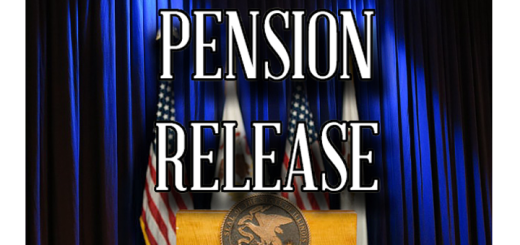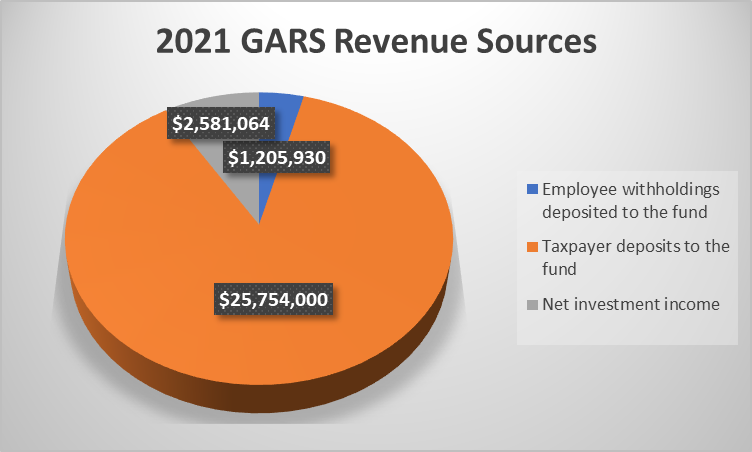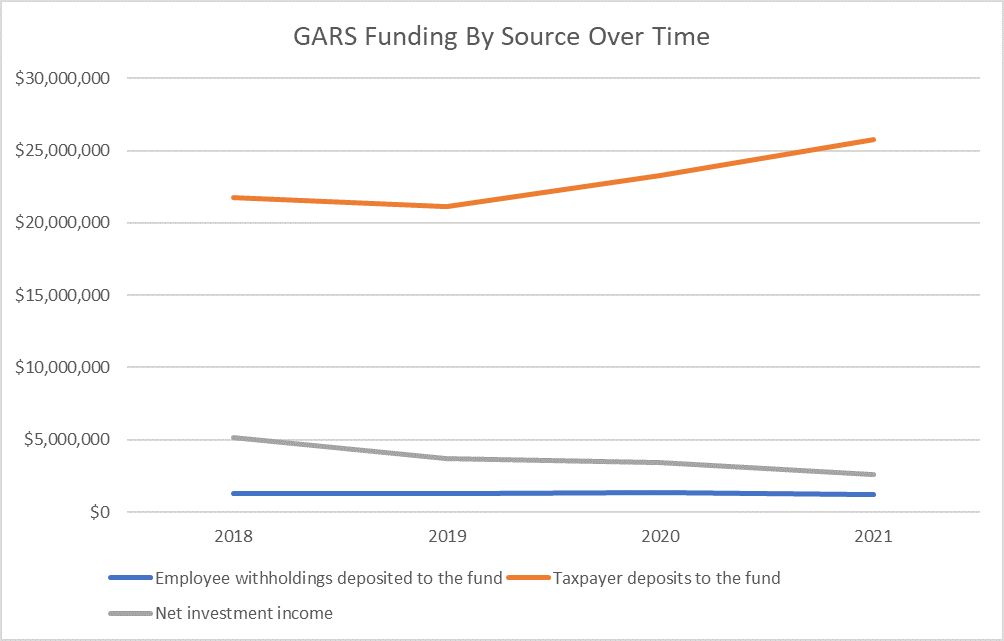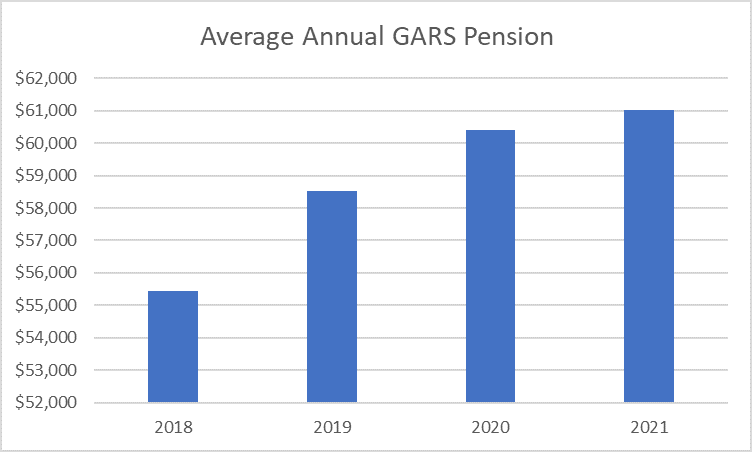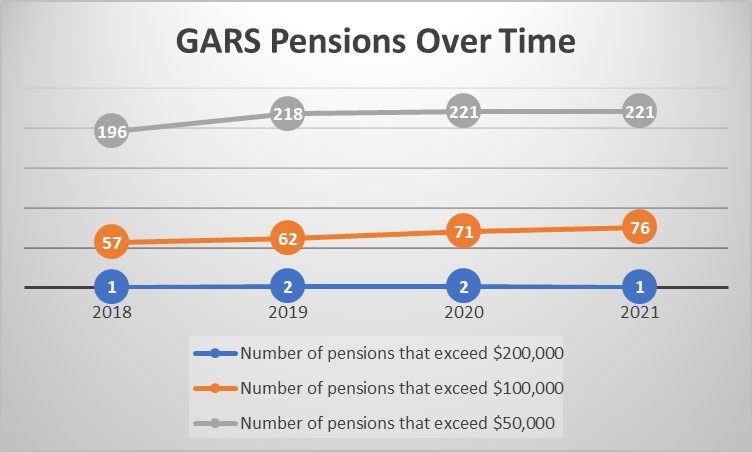The tax provisions in the “Build Back Better Act” proposed in the House Ways and Means Committee would result in long-run GDP dropping by more than $2 for every $1 in new tax revenue, according to the nonpartisan Washington-based Tax Foundation.
“It is important to consider the economic impacts, which include reduced economic output, wages, and jobs,” writes the foundation’s Garrett Watson.
“We estimate that the Ways and Means tax plan would reduce long-run GDP by 0.98 percent, which in today’s dollars amounts to about $332 billion of lost output annually. We estimate the plan would in the long run raise about $152 billion annually in new tax revenue, conventionally estimated in today’s dollars, meaning for every $1 in revenue raised, economic output would fall by $2.18.”
According to the foundation, starting with a 0.09 percent drop in GDP in the first year (about $20 billion) and building to a 0.64 percent drop in GDP by 2031 (about $212 billion), the plan would result in a cumulative GDP loss of nearly $1.2 trillion from 2022 through 2031, as shown in the following Figure.
The Ways and Means tax plan reduces economic output by reducing the after-tax return to investment opportunities for firms and the incentive to work through higher tax rates on labor income. More than half of the plan’s economic impact is due to increasing the tax burden on corporations, which is the most economically costly way to raise revenue.
The report notes that even before accounting for a smaller economy, taxpayers earning less than $400,000 would see lower after-tax incomes due to higher corporate taxes and higher taxes levied on nicotine and cigarettes.
Overall, the plan would reduce average after-tax income per filer by $171 in 2031, on a conventional basis, and by $971 per filer in the long run on a dynamic basis. That is, the economic harm of the plan would reduce after-tax incomes by about $800 per filer on average each year.
The report concludes, “The economic harm caused by the tax increases would claw back some of the plan’s expanded tax credits aimed at low- and middle-income families. For those in the bottom 20 percent, it would reduce the average net benefit of the plan per filer from $341 to $233, a 30 percent reduction.”
Source: https://taxfoundation.org/house-tax-plan-impact/

